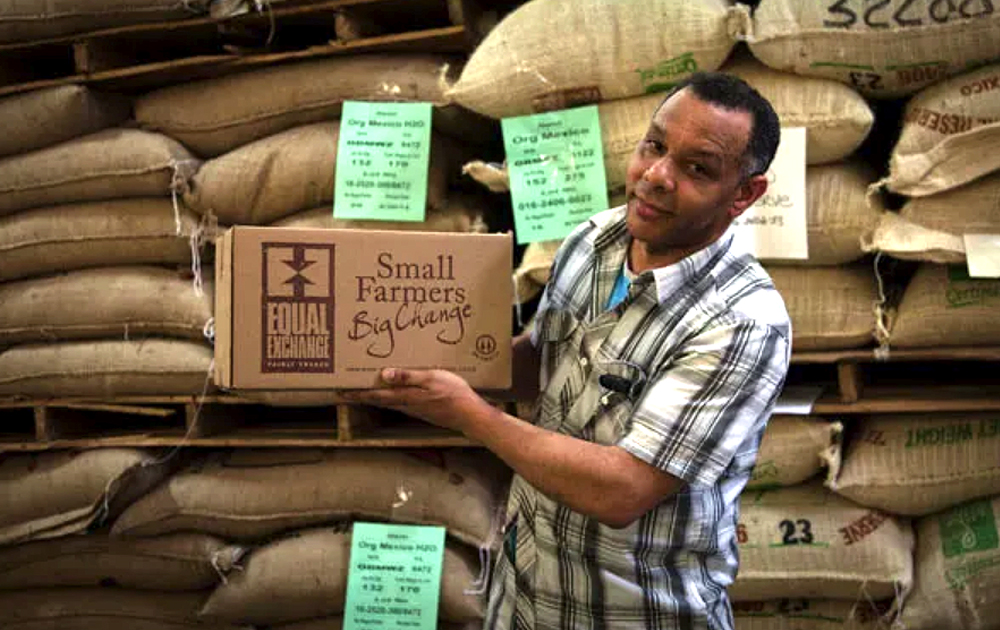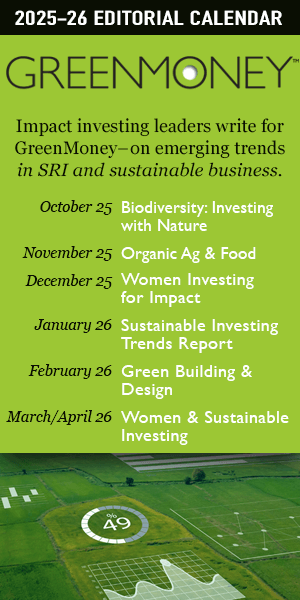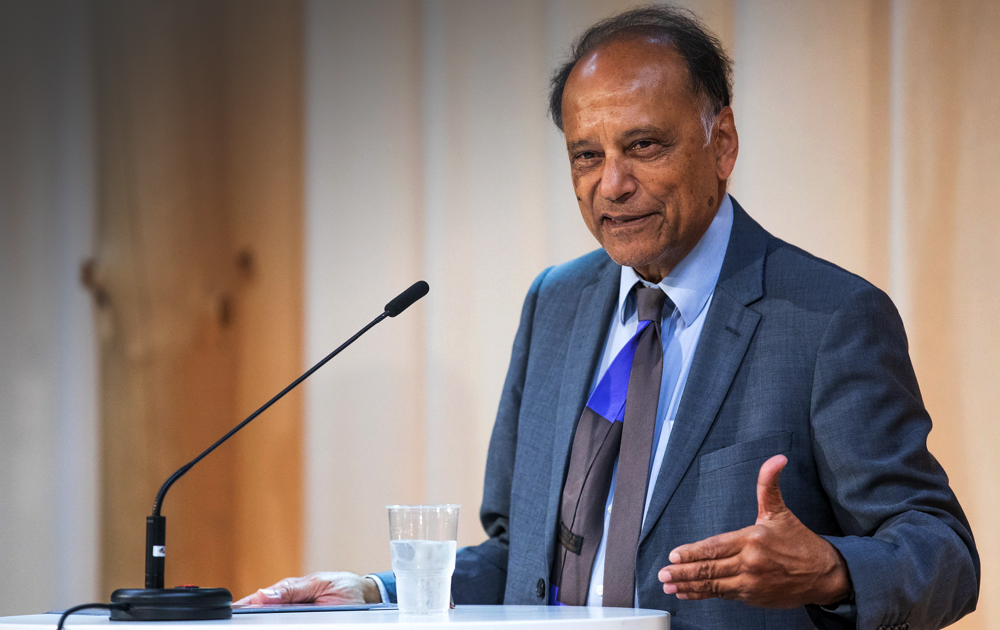(Above) Equal Exchange invests its corporate DAF funds in RSF’s Social Investment Fund. When making grants, the company takes a community-directed approach. Photo by Equal Exchange
How values alignment, innovation and mobilization combine to maximize impact for RSF’s donor-advised fund holders
How to mobilize the huge cache of assets languishing in donor-advised funds (DAFs) — more than $251 billion at the end of 2023, according to National Philanthropic Trust’s most recent report — is an urgent question amid critical and rising needs. The most common answer is policy changes, including mandatory minimum payouts, and those could drive results. But RSF has found that when donors and DAF sponsors align to maximize impact, it’s possible to rise far above any legal floor that’s been contemplated.
RSF’s DAF community has long been an exception to the norm, granting out funds at well above the national rate for several years running. NPT pegs the aggregate grant payout rate in 2023 at 23.9%; RSF DAFs had a 58% payout rate in 2023 and a 74% payout rate in 2024.
At the same time, RSF donors have embraced field-leading approaches, such as trust-based grants and community-led funds, that challenge philanthropy’s power dynamics and get at the systemic roots of social and environmental problems. Their work validates our belief that DAFs are an important tool for innovation in philanthropy, providing a high level of flexibility and many opportunities for ad hoc collaborations.
Our donors’ active grantmaking and their engagement with new giving models are related. Both practices align with principles that guide RSF’s work in regenerative finance — particularly, act from abundance, center relationships, and empower everyone. These principles, in turn, flow from our commitment to maximizing impact, advancing new approaches, and mobilizing DAF capital to meet the moment.
Maximizing impact with 100% DAF activation
Billions of dollars in DAFs sit philanthropically idle, invested in market funds with no positive social or environmental impact — or worse, invested in industries that create harm and undermine the donor’s charitable purpose.
This stagnant pool of capital exists partly because DAF sponsors have a financial incentive to let money pile up (they typically charge fees based on assets under management), and partly because most apply a conventional finance lens that focuses narrowly on monetary returns, with no accounting for positive or negative social and environmental impacts.
RSF’s DAF program, in contrast, fully deploys DAF capital for impact. Our Double Impact DAF option allows donors to invest a portion of DAF assets in the RSF Social Investment Fund (SIF), which provides loans to nonprofit and for-profit social enterprises working in food and agriculture, climate and energy, education, and community impact. RSF publishes a list of current borrowers and regularly produces impact stories, so donors and investors know exactly who and what they are supporting.
DAF assets invested in the SIF earn interest, which can then be granted out or reinvested, so money is always circulating for impact. This pay-it-forward ethos inspired worker cooperative and former RSF borrower Equal Exchange to invest its corporate DAF funds in the SIF.



















